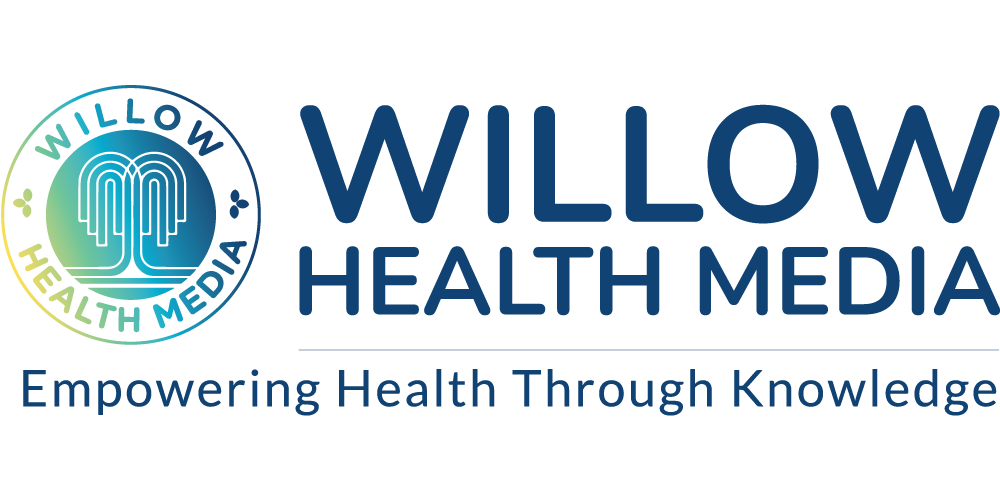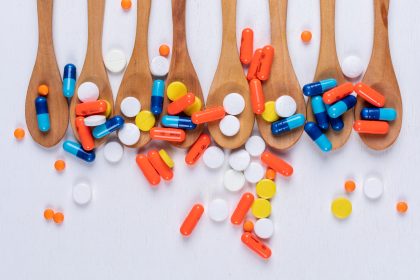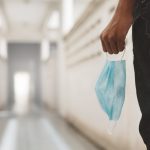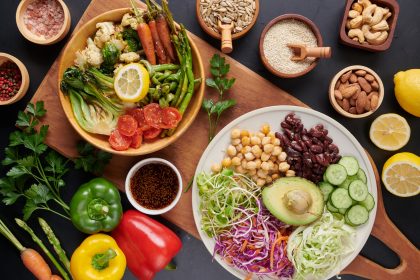Farmers are selling milk from drugged cows and tossing leftover animal meds into sukuma wiki plots…quietly feeding the rise of Antimicrobial Resistance.
John Amoth, a chicken farmer, operates farms in Nairobi, Kisii and Kisumu counties from where he distributes about 500 chickens monthly.
Amoth is an example of how farmers try to balance economic survival with responsible antibiotic use, resulting in antimicrobial resistance (AMR) from their use in growth promotion and disease prevention in agricultural settings.
Amoth explains that poultry is injected with antibiotics “for a specific period when there’s a problem,” as none is given when they’re healthy.
However, Amoth acknowledges there is insufficient knowledge on antibiotic use and disposal, as most “End up just reading what’s written on the containers and following those instructions.”
This lack of awareness extends far beyond Amoth’s experience. A research study titled, ‘Examining antibiotic use in Kenya: farmers’ knowledge and practices in addressing antibiotic resistance,’ found that improper handling and administration of antibiotics have led to an alarming rise in antimicrobial resistance.
Farmers rely on previous experiences, neighbour recommendations, Google searches
The study mapped data from Trans Nzoia and Elgeyo Marakwet in the North Rift region, Narok in the South Rift region, and Machakos and Isiolo in the Eastern region, and revealed disturbing statistics: 80 per cent of households use antibiotics in livestock, with 58 per cent administering the drugs themselves, while 95 per cent purchase antibiotics without prescription.
Paul Nyora, an animal health officer and agronomist in Kajiado, says most farmers prefer buying antibiotics over the counter and hardly “call for a veterinarian to visit their farms to assess cases and determine the appropriate antibiotic to use.”
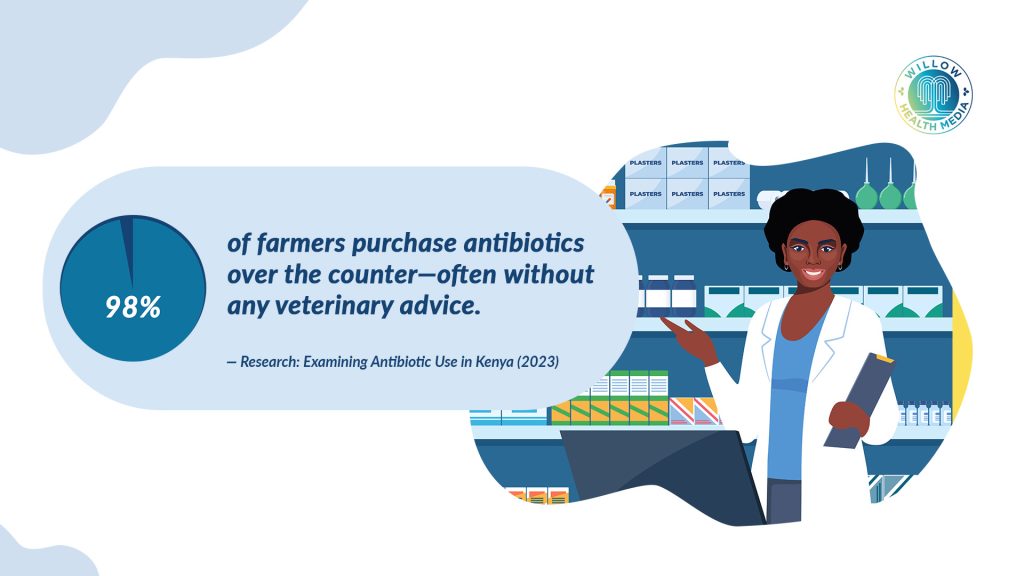
The majority of farmers frequently rely on previous experiences, neighbour recommendations and even Google searches to self-medicate their animals, which significantly contributes to AMR.
Dr Eric Osoro, an epidemiologist, says these farm practices, from livestock antibiotic use, affect human health “because we consume animals in the food chain,” before the problem worsens via environmental contamination through animal waste and manure.
The mechanism is straightforward yet alarming: “If there is a pathogen that develops resistance in an animal and enters the environment, perhaps through gut bacteria or urine, it can pass that gene to other bacteria,” Dr Osoro notes.
Consumers unknowingly ingest antibiotic residues, thus promoting resistance
Dr John Flookie Owino, a veterinary surgeon and vice-chairman of the Kenya Veterinary Association, points out that during antibiotic withdrawal periods, “the farmer should pour the milk away, they’re not supposed to use it or sell it.” But most are reluctant to lose income, “sell the milk.
Consequently, Dr Owino explains, consumers unknowingly ingest antibiotic residues, creating low-level exposure that promotes resistance.
Dr Osoro explains that antibiotic-resistant bacteria from animal waste can enter water systems and spread to humans through multiple pathways.
Nyora echoes these concerns: “Sometimes we find farmers disposing of leftover antibiotics in gardens where they grow spinach and other vegetables. This is not advisable because people will consume those antibiotics indirectly.”
Nyora points to a lack of formal training in animal health as also contributing to antibiotic misuse, besides individuals without any agricultural background keeping animals, often unaware of best practices.
Cultural attitudes further complicate issues, as some farmers believe their lifelong experience with animals qualifies them to make treatment decisions without experts.
Kenya’s regulatory framework for veterinary medicines has undergone significant recent changes, though implementation challenges persist.
The animal welfare bill is Kenya’s most comprehensive attempt to address AMR through legislation
The Veterinary Medicines Directorate (VMD), a new agency, was created to address “abuse and misuse of animal medicines in the country due to their inappropriate regulation.”
VMD is thus tasked with regulating the manufacture, importation, exportation, registration, distribution, prescription and dispensing of veterinary medicines and other animal health products in Kenya.
Dr Owino lauds the Veterinary Surgeons Act, which governs veterinary practitioners, and the Animal Diseases Act provides guidance on animal treatment protocols, but laments that “There are no direct laws addressing antibiotic resistance. We’re developing an animal welfare bill, which is currently undergoing stakeholder engagement.”
The animal welfare bill is Kenya’s most comprehensive attempt to address AMR through legislation, if it becomes law. However, there are key achievements, including the national AMR surveillance network in human health, with 12 facilities connected as of 2021, although only half are actively submitting data.
Despite these advances, the country relies heavily on donor support, highlighting the need for increased domestic investment in AMR.
The economic dimension cannot be understated as farmers face significant financial losses when following proper antibiotic withdrawal protocols, creating powerful incentives for non-compliance.
The practical reality is that farmers often cannot afford professional veterinary consultation
Dr Owino describes the economic calculation: farmers who properly observe withdrawal periods must dispose of milk and delay animal sales, resulting in immediate income loss. Those who don’t follow protocols can continue selling contaminated products, maintaining cash flow while externalising health costs to consumers.
This economic pressure is compounded by limited access to veterinary services. Although research shows that understanding the flow of veterinary antibiotics is essential for effective regulation, the practical reality is that farmers often cannot afford professional veterinary consultation.
According to experts, Kenya’s AMR crisis requires a multi-faceted approach that acknowledges both the scientific reality of resistance development and the economic pressures facing farmers.
Dr Osoro emphasises the need for “farmer education and public education that needs to be implemented.”
The VMD works to regulate animal medicine by ensuring safe and effective veterinary drugs, healthy animals, safe food and people, besides protecting public health and the environment.
However, enforcement must match regulatory ambitions through adequate funding, trained personnel and robust monitoring systems.
Success will require stronger enforcement, farmer education, financial support and good tracking systems, and as Dr Osoro notes, regulations exist “which can support reducing that pathway, but they’re not widely known and not very well enforced.”
The challenge now lies in making Kenya’s rules work in the real world, ensuring every farmer actually fights antimicrobial resistance while raising animals for human consumption.
